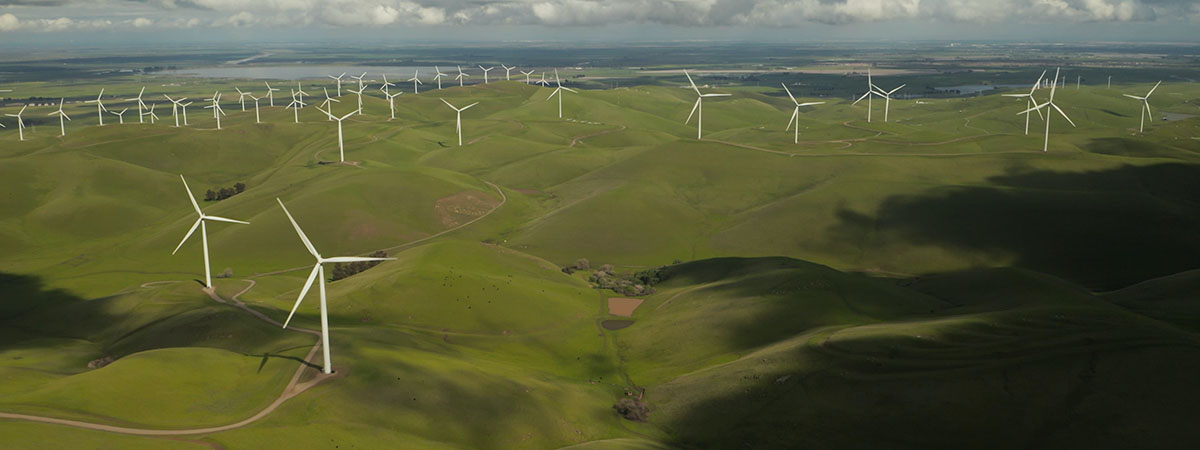
Greener manufacturing processes

In the middle of a climate crisis any development towards reduction of the CO2 emissions while maintaining economic growth is a priority. Every day we hear about the need for efficient green energy generation technologies, low emissions transportation and sustainable manufacturing processes.
Unlike traditional subtractive technologies like milling, Additive Manufacturing (AM) technologies enable the production of parts with low waste due to the additively nature in which material is only deposited where needed. Additionally, the freedom of design makes it possible to further reduce weight. This results in an advantageous possibility for aerospace applications in which every gram saved from being taken up to the sky would reduce fuel consumption and cut the CO2 emissions. For example, flying from Amsterdam Schiphol to New York John F. Kennedy and back generates about 951 kg CO2 per passenger. There are 56 countries where the average person emits less carbon dioxide in a whole year – from Burundi in Africa to Paraguay in South America [1].
While AM process development has advanced giants steps in the last decade, the full potential is not yet achieved. Another advantage of AM in terms of sustainability is the possibility of optimizing material consumption by reusing the metal powder. In powder bed fusion technologies only a small portion of the powder is melted by the laser or electron beam and will end up in a part. The powder remaining in the powder bed after a build job has been potentially affected by the high energy applied for melting. Therefore, it is important to understand how powder ages from a build job to the next for an optimal powder reuse strategy [2].
When the metal powder can no longer be reused, it is disposed. A main drawback of metal powder technologies is the high energy consumption of powder atomization. Therefore, recycling the reused powder by melting it together with defective parts would reduce the extraction of raw metal and enable a complete circular economy cycle for the production of fresh powder.
The time is now to aim for more sustainable production processes. Powder optimization strategies can take your company to the next level of waste reduction and cost-efficiency while striving for a robust reliable production process. Join us in our vision in which advance manufacturing technologies such as AM are the present and future of a greener and brighter world.
References
[1] https://www.theguardian.com/environment/ng-interactive/2019/jul/19/carbon-calculator-how-taking-one-flight-emits-as-much-as-many-people- do-in-a-year
[2] https://www.utwente.nl/en/news/2020/1/284609/reusing-metal-powder-for-additive-manufacturing#reusing-metal-powder

